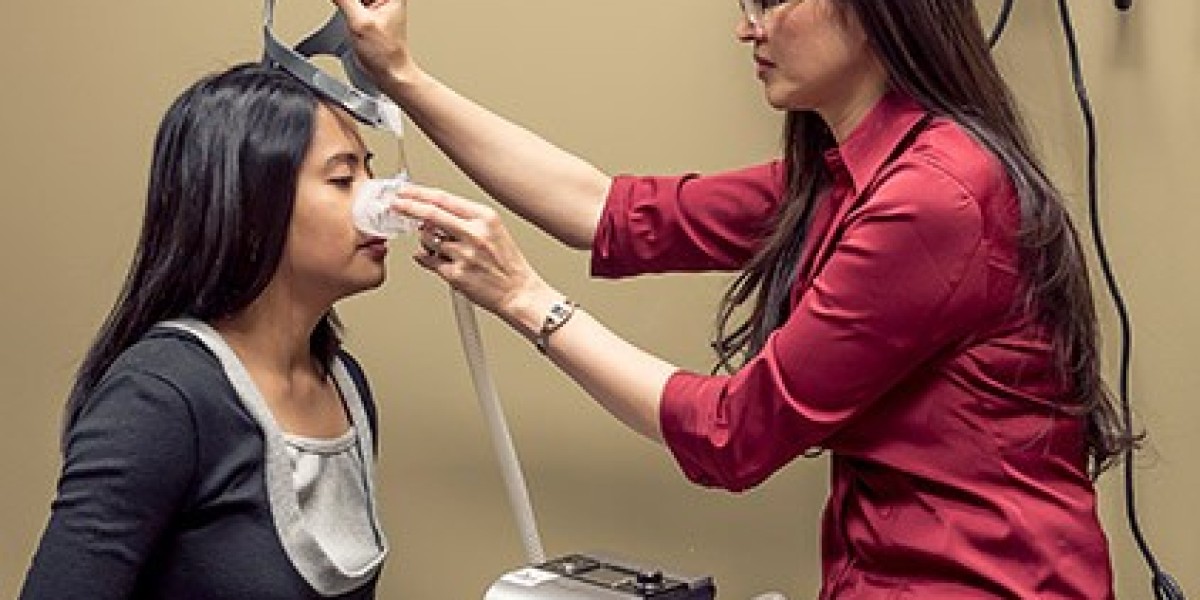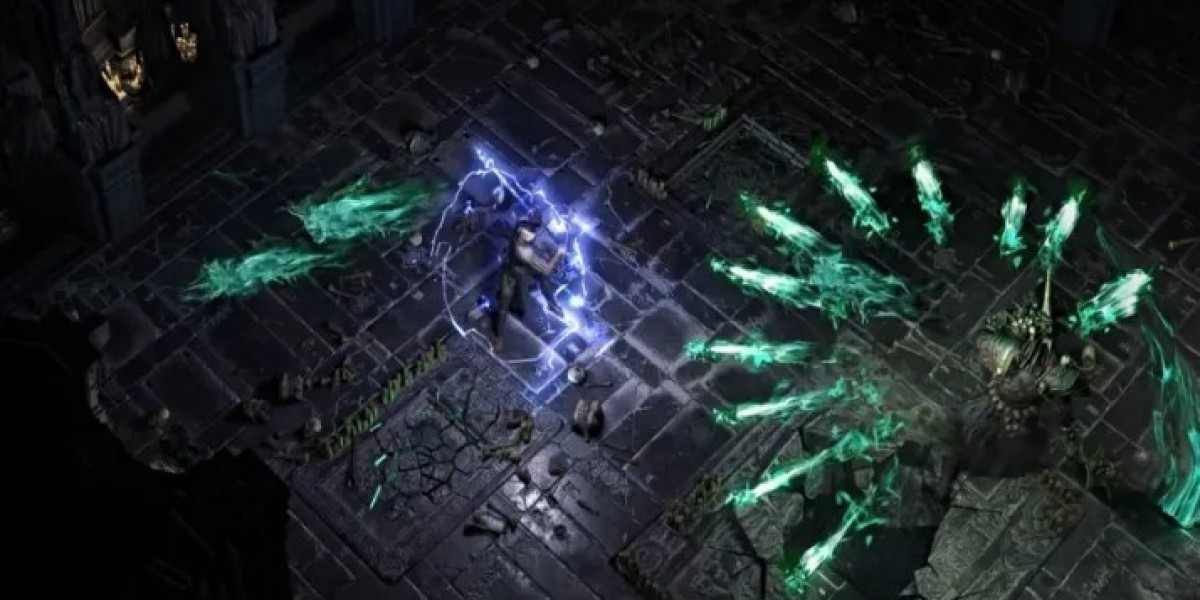Excessive daytime sleepiness can disrupt your daily life, affecting work, school, and even social interactions. While fatigue is often dismissed as part of a busy lifestyle, persistent sleepiness may indicate a deeper sleep disorder. The MSLT test, or Multiple Sleep Latency Test, is a diagnostic tool designed to measure daytime sleepiness and help identify conditions such as narcolepsy and idiopathic hypersomnia.
What Is the MSLT Test?
The MSLT test is a daytime sleep study that evaluates how quickly you fall asleep in a quiet, controlled environment. It also measures whether you enter REM (Rapid Eye Movement) sleep shortly after falling asleep.
This test is usually conducted after an overnight sleep study, called polysomnography, which ensures that the daytime sleepiness is not caused by insufficient nighttime sleep. The MSLT test helps doctors objectively measure sleepiness and determine the presence of disorders like narcolepsy or idiopathic hypersomnia.
Why the MSLT Test Is Important
Persistent daytime sleepiness can have multiple causes, including lifestyle factors, medical conditions, or neurological sleep disorders. The MSLT test provides objective data that cannot be obtained through self-reported sleep habits alone.
Doctors use the MSLT test to:
Diagnose narcolepsy, which involves sudden sleep attacks and abnormal REM sleep
Identify idiopathic hypersomnia, a disorder characterized by prolonged sleep and difficulty staying awake
Evaluate unexplained excessive sleepiness despite adequate nighttime rest
Inform treatment plans that may include medication, behavioral strategies, or lifestyle adjustments
The accuracy of the MSLT test makes it a crucial tool in diagnosing complex sleep disorders.
How the MSLT Test Is Conducted
The MSLT test is performed in a sleep center and typically takes 6–7 hours. It involves several short nap sessions spaced throughout the day.
Step 1: Overnight Polysomnography
Before the MSLT test, patients usually undergo an overnight sleep study. This helps ensure that daytime sleepiness isn’t caused by poor sleep the night before. Polysomnography records brain activity, eye movements, muscle tone, heart rate, breathing patterns, and oxygen levels.
Step 2: Test Preparation
Proper preparation ensures accurate results. Patients should:
Maintain a consistent sleep schedule for at least a week before testing
Avoid caffeine, alcohol, and nicotine for at least 24 hours prior
Discuss medications with their doctor, as some drugs can affect REM sleep
Get a full night of sleep before the test
Step 3: Nap Sessions
During the MSLT test, patients participate in five scheduled nap trials, each lasting up to 20 minutes and separated by two-hour intervals.
Electrodes monitor brain activity (EEG), eye movements (EOG), and muscle tone (EMG)
Patients lie quietly in a darkened room and attempt to fall asleep naturally
Sleep onset and REM periods are recorded
Breaks between naps allow the patient to relax while remaining awake
Step 4: Data Analysis
The MSLT test evaluates:
Mean Sleep Latency (MSL): Average time taken to fall asleep during the five naps
SOREMPs (Sleep-Onset REM Periods): Instances of REM sleep occurring within minutes of sleep onset
This information helps distinguish between narcolepsy, idiopathic hypersomnia, and normal sleepiness.
Interpreting MSLT Test Results
The results of the MSLT test provide critical insight into your daytime sleep patterns:
Normal Results: Average sleep latency of 10–20 minutes with no SOREMPs
Narcolepsy: Mean sleep latency under 8 minutes with two or more SOREMPs
Idiopathic Hypersomnia: Mean sleep latency under 8 minutes with fewer than two SOREMPs
Your doctor will combine these findings with your clinical history and overnight sleep study results to make a diagnosis.
Common Conditions Diagnosed Using the MSLT Test
1. Narcolepsy
Narcolepsy is a neurological disorder affecting sleep-wake regulation. Symptoms may include:
Sudden sleep attacks during the day
Sleep paralysis
Vivid hallucinations while falling asleep or waking up
Cataplexy (loss of muscle tone triggered by emotions)
The MSLT test is essential in diagnosing narcolepsy, as it detects rapid onset of REM sleep during daytime naps.
2. Idiopathic Hypersomnia
Idiopathic hypersomnia is characterized by excessive sleepiness without clear cause. Patients may sleep long hours at night yet feel unrefreshed and struggle to stay awake during the day. The MSLT test measures mean sleep latency to confirm the condition.
3. Other Sleep Disorders
While the MSLT test does not diagnose sleep apnea directly, it can help differentiate sleepiness caused by untreated apnea from central hypersomnolence disorders. It may also support evaluation of circadian rhythm disorders and other sleep-related neurological conditions.
Tips for Preparing for the MSLT Test
Stick to a consistent sleep schedule for at least one week
Avoid stimulants such as caffeine or nicotine before the test
Follow your doctor’s advice regarding medications
Wear comfortable clothing suitable for lying down during naps
Bring entertainment or comfort items for breaks between nap sessions
Following these tips ensures accurate and reliable results.
What to Expect After the Test
After completing the MSLT test, electrodes are removed, and most patients can resume normal activities. Some may feel groggy due to repeated naps.
Your doctor will analyze the results and discuss treatment options. Depending on the diagnosis, this may include:
Medications to regulate sleepiness or promote wakefulness
Scheduled naps during the day
Behavioral strategies and sleep hygiene recommendations
Managing any underlying medical conditions contributing to fatigue
Benefits of the MSLT Test
Provides objective measurement of daytime sleepiness
Helps differentiate between sleep disorders such as narcolepsy and idiopathic hypersomnia
Guides personalized treatment plans for improved sleep and alertness
Improves quality of life by addressing underlying causes of fatigue
Frequently Asked Questions (FAQs)
1. Is the MSLT test painful?
No. The test is non-invasive and completely painless, with only surface electrodes applied to monitor sleep.
2. How long does the MSLT test take?
Typically 6–7 hours, including five nap sessions with breaks.
3. Can I eat or drink during the test?
Yes, breaks allow eating and drinking, but avoid caffeine to ensure accurate results.
4. Is an overnight sleep study required before the MSLT test?
Yes, an overnight polysomnography is usually conducted to ensure that daytime sleepiness is not due to poor nighttime sleep.
5. Can I drive after the test?
Some patients may feel drowsy after repeated naps. Assess alertness before driving.
Conclusion
The MSLT test is a valuable tool for objectively assessing excessive daytime sleepiness and diagnosing sleep disorders such as narcolepsy and idiopathic hypersomnia. Proper preparation, adherence to pre-test guidelines, and open communication with your doctor ensure accurate results.
By understanding your sleep patterns through the MSLT test, you and your doctor can develop an effective plan to improve alertness, manage fatigue, and enhance your overall quality of life.



